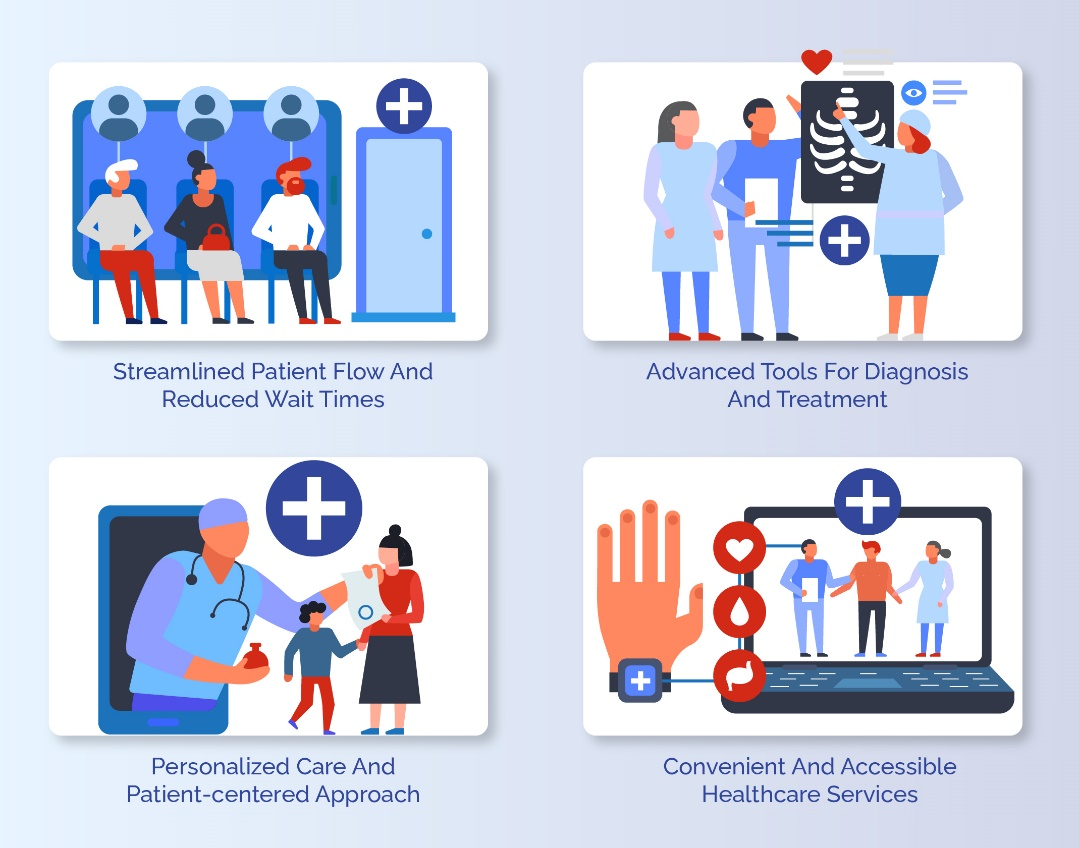First aid has long been a crucial skill, often serving as the first line of defense in medical emergencies. Traditionally, first aid knowledge has been passed down through training sessions and physical guides. However, the advent of technology has transformed this landscape, making first aid more accessible, accurate, and efficient. As we navigate through an increasingly digital world, the integration of tech in first aid is proving to be a game-changer, revolutionizing how we respond to emergencies.
In today’s fast-paced environment, immediate and effective response is critical. Whether you’re dealing with minor injuries or life-threatening situations, having the right tools at your disposal can mean the difference between life and death. This article explores how technology, including mobile apps, digital first aid kits, and other innovative tools, is transforming our approach to emergency care.
The Rise of Mobile Apps in First Aid
Mobile apps have become ubiquitous in our daily lives, offering solutions for almost everything—including first aid. These apps provide users with instant access to crucial information, ensuring that even those with minimal training can administer effective aid in an emergency.
Apps such as the Red Cross First Aid app provide step-by-step instructions for a wide range of situations, from cuts and bruises to CPR and handling severe allergic reactions. These apps are designed to be user-friendly, often featuring easy-to-follow guides, videos, and even voice instructions. In a high-pressure situation where every second counts, the ability to quickly reference a reliable source of information can be invaluable.
For individuals who have completed first aid training courses, these apps serve as a valuable refresher, helping them stay sharp and ready to respond. Even for those with basic first aid training, mobile apps offer a lifeline, providing the confidence and guidance needed to handle emergencies effectively.
Digital First Aid Kits: More than Just Bandages
The concept of a first aid kit has evolved significantly with the advent of digital technology. Traditional kits filled with bandages, antiseptics, and pain relievers are now being supplemented by digital first aid kits. These kits are designed to work in tandem with mobile apps and other digital platforms, offering a comprehensive solution for emergency response.
For those who have undergone advanced first aid courses, digital kits can enhance their capabilities, providing them with the tools needed to administer more sophisticated care. Intermediate first aid courses also benefit from these innovations, as trainees learn how to incorporate technology into their emergency response routines.
In addition to their practical applications, digital first aid kits also serve an educational purpose. Many of these kits come with built-in tutorials and guides, helping users understand how to use each tool effectively. This is particularly beneficial for those who have recently completed Basic first aid training, as it reinforces their knowledge and boosts their confidence.

The future of health care is here with wearable technology and digital first aid kits
Wearable Technology: A New Frontier in First Aid
Wearable technology is another area where tech in first aid is making significant strides. Devices such as smartwatches and fitness trackers are no longer just for monitoring steps and calories—they are now being used to save lives.
Modern wearables can track vital signs like heart rate, blood pressure, and oxygen levels, alerting the wearer if something is amiss. Some devices are even equipped with fall detection, automatically sending an alert to emergency contacts if the wearer takes a hard fall. This feature is particularly useful in environments where fall hazards are prevalent, making fall protection training even more critical.
Wearables are also proving to be invaluable in confined spaces, where traditional monitoring might be difficult. With the integration of these devices into Confined space training programs, workers can be better prepared to handle emergencies, as they have real-time data and alerts that can guide their actions.
Furthermore, wearable technology is becoming increasingly sophisticated, with some devices now capable of administering electric shocks to restart a heart in the event of a cardiac arrest. While these advanced features are still in the early stages, they represent a promising direction for the future of first aid.
Telemedicine and Remote Guidance in First Aid
Telemedicine has been a revolutionary development in healthcare, and its applications in first aid are just beginning to be realized. The ability to consult with a healthcare professional in real-time can be crucial during an emergency, especially in situations where advanced medical care is not immediately available.
Incorporating telemedicine into first aid allows individuals to receive expert guidance on administering care. For instance, someone who has completed intermediate first aid courses might find themselves in a situation that requires more advanced knowledge. Through telemedicine, they can connect with a professional who can walk them through the necessary steps, ensuring that the aid provided is both timely and effective.
This technology is particularly beneficial in remote or rural areas, where access to medical facilities might be limited. By leveraging telemedicine, individuals can bridge the gap between basic care and professional medical assistance, significantly improving the chances of a positive outcome.
Additionally, telemedicine can be integrated into first aid training, providing a more interactive and comprehensive learning experience. For those enrolled in advanced first aid courses, this approach offers a practical way to apply their knowledge, preparing them for real-world scenarios where remote guidance might be necessary.
Drones: Delivering Aid from Above
Drones have become a powerful tool in emergency response, offering a unique way to deliver aid to those in need. In situations where traditional methods of reaching a victim might be too slow or dangerous, drones can be deployed to quickly deliver essential supplies or even provide a live feed of the situation to first responders.
In first aid scenarios, drones can be used to drop off digital first aid kits, defibrillators, or other life-saving equipment to remote locations. This capability is particularly valuable in disaster-stricken areas, where infrastructure might be compromised, and reaching victims quickly is crucial.
For those who have completed fall protection training or confined space training, drones offer an additional layer of safety, allowing them to assess risks and plan their approach before entering a hazardous area. This proactive approach not only enhances the effectiveness of the response but also helps protect the safety of the responders themselves.

Revolutionary advancements in technology are reshaping how first aid and emergency care are administered
The Future of First Aid Training: Embracing Technology
As technology continues to advance, the landscape of first aid training is evolving. Traditional classroom-based training is increasingly being supplemented with digital tools, providing a more immersive and interactive learning experience.
Virtual reality (VR) is one such technology that is transforming first aid training. By simulating real-life scenarios, VR allows trainees to practice their skills in a controlled environment, helping them build confidence and competence. This approach is particularly beneficial for those enrolled in advanced first aid courses, as it allows them to experience complex situations that might be difficult to replicate in a traditional classroom setting.
Additionally, online platforms and mobile apps are making it easier than ever to access first aid training courses. These platforms offer flexibility, allowing individuals to learn at their own pace and on their own schedule. For those who might be unable to attend in-person sessions, online training provides a viable alternative, ensuring that everyone has the opportunity to learn these vital skills.
The integration of technology into first aid training also helps reinforce knowledge retention. Interactive quizzes, video tutorials, and real-time feedback are just a few of the ways that digital tools are enhancing the learning experience. This approach ensures that trainees are not only learning the material but are also able to apply it effectively in real-world situations.

Smartwatches now play a crucial role in first aid, tracking vital signs and providing real-time alerts in emergencies.
Technology is undeniably playing a transformative role in modern first aid, enhancing the way we approach emergency response. From mobile apps and digital first aid kits to wearable devices and drones, these innovations are making first aid more accessible, accurate, and efficient. As we continue to embrace these digital tools, the future of first aid looks promising, with technology at the forefront of this evolution.
For individuals looking to stay ahead in this rapidly changing landscape, investing in comprehensive training is crucial. Metro Safety Training offers a range of first aid training courses, including advanced first aid courses, Intermediate first aid courses, and basic first aid training. Whether you’re a seasoned professional or just starting, these courses provide the knowledge and skills needed to respond effectively in an emergency.
Contact us today to learn more about our programs and schedule your training. Your preparedness could save a life.







